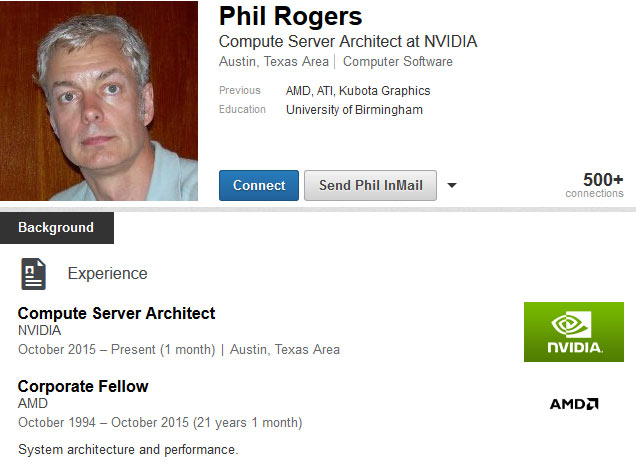Advanced Micro Devices (AMD) has been reshuffling its team in the recent weeks with the most notable being that they reorganised itself to create the Radeon Technologies Group so that their graphics division and its employees were together again in one single group. AMD believed Raja Koduri was the right man to lead the new Radeon Technologies Group and this move has proven to be positive thus far.
But, there is some bad news for the chip maker as the architect of its Zen processor Jim Keller has decided to part with AMD after having been part of the team since 1998. AMD hired back Jim Keller three years ago after he did a brief stent at Apple where he was on the team that designed the Apple A4 and A5 SoCs that were used on the iPhone 4, 4S, iPad and iPad 2.
AMD believes that Zen will offer a 40 per cent IPC boost over its current Excavator CPU architecture with support for simultaneous multi-threading. AMD is rumored to be launching Zen FX series processors first with hopes that gamers will flock to them due to the high core count, clock speeds and it being the first AMD platform to support DRR4 memory and so on. The 14nm AMD Zen processor series isn’t expected to come out until 2016 and by then Intel will have likely moved beyond its 6th Gen Skylake processors and will be competing with Kaby Lake.
But apart from Keller moving out, Phil Rogers is also expected to change houses to NVIDIA to become its chief server architect; Phil has been at AMD/ATI for 21 years straight and has been a fellow for the past eight years. In recent years, Rogers has been responsible for helping build and grow the software ecosystem behind AMD’s heterogeneous computing products and the Heterogeneous System Architecture (HSA). He was one of the folks that helped get the HSA Foundation off the ground and was the first president of the organization that includes members like ARM, Imagination, Mediatek, Qualcomm and Samsung. In his new role it is believed that he’ll help NVIDIA with its NVLink CPU and GPU interconnect on the upcoming Pascal GPU architecture that is due out next year.


